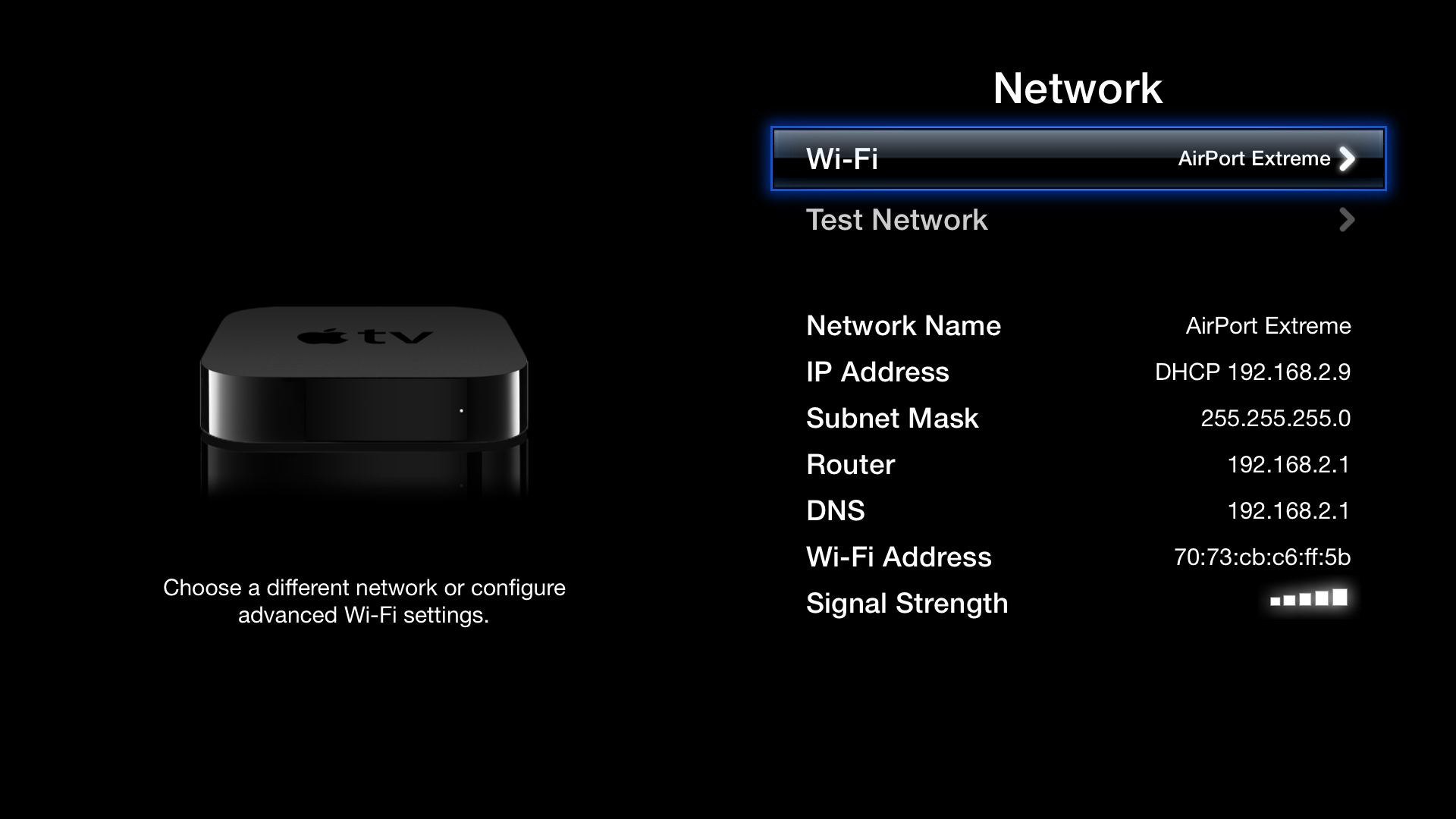Reader For Mac Connect Vai Wifi
- Connect an iMac to a wireless network using network utilities included with the iMac. 1 Click on the AirPort status icon located in the menu bar on the iMac desktop.
- The screenshots and menu choices in this article are from OS X Lion v10.7. The concepts are the same for Mac OS X v10.6 Snow Leopard, except AirPort appears instead of Wi-Fi in places like the Network pane of System Preferences.
- So, I will attempt to create a new CFE based on the Asus CFE, modified with my existing mac addresses and few other details. A CFE editor should make this possible for me. And then I will flash it via telnet.
With all those wireless signals bouncing around and through our heads each day it’s a wonder we’re not all zombies looking for Brians (what a dyslexic zombie would eat).
ELM327 WIFI Car Diagnostic Scanner will Scan/Read OBDII, OBD2 data. Using ELM Electronics Firmware, it's #1 best diagnostic tool on the market. To connect to a Wi-Fi network, press the ∩ button, tap Settings, and then tap Wireless. The NOOK will scan for available Wi-Fi networks. Tap the network you want to join, and then supply a login name and/or password as needed.

Wi-Fi seems to be everywhere, and it doesn’t take much effort to find a signal nearby. Check the Wi-Fi icon in your Mac’s Menubar and you’ll see what I mean. Wi-Fi networks are growing faster than discontent with politicians (which might be a saturation thing anyway). Here are four good ways to find Wi-Fi networks on your Mac.
The Free, The Good, And How Much?
At the top of my list of Wi-Fi tools to find nearby networks is your Mac itself. Click the Menubar Wi-Fi icon and you’ll be treated to a list of nearby networks, whether they’re locked or not, and a relative indicator of signal strength. Mac users can choose from a number of Wi-Fi scanner tools, some comprehensive, some not so much. Here are a few of my favorites.
First up is WiFi Scanner which gets mostly four and five star reviews on the Mac App Store. It comes with a built-in speed test option (think Ookla SpeedTest.net, but built-in).
Mac Connect Printer To Wireless Network

It can find most nearby Wi-Fi networks; 802.11 a/b/g/n/ and even ac. There’s an option to join an available network with a click. The built-in IP scanner can find devices connected to your local network. WiFi Scanner has long been a favorite is gets used often on my Mac. I’m glad I bought when it was 99-cents. It’s 10 times that price now.
Second on my list is WiFi Explorer, priced the same as WiFi Scanner and with similar features, though not the built-in speed test or pretty graphics. WiFi Explorer is easier to use, though, and controls can be filtered to display only those networks or devices you want to view.
Feedly is a very popular RSS reader client on iOS and now it has an app for Mac too. It is the only app in this list which is present on multiple platforms including iOS, macOS, and Android. So, if you own multiple devices and want to sync your articles across them, Feedly is for you. Best rss reader for macbook air. RSS feeds are an excellent way to keep up to date with all kinds of information sources -- blogs, news, the weather, discussions and more. An RSS feed reader will check subscribed channels for updates automatically and let you browse the news that's important to you. Here are our top picks of news aggregators for Mac users. The simply-named RSS Reader is a $1.99 app that lives in the Mac’s menubar. The application doesn’t support OPML import (or export), but searches for feeds once a web address is entered. That lack of file import sets the bar for RSS Reader: it’s simple.
I appreciate the timescale which displays network performance over a period of time, and the option to adjust and edit column of information so you can view only what you want.
Both WiFi Scanner and WiFi Explorer are good choices, and both provide most of the details you’re likely to need when scanning or troubleshooting your network or nearby networks.
Mac Connect To Pc
What if you need more?
Enter the grandaddy of Wi-Fi scanner utilities for the Mac. iStumbler. This competent utility has been around forever and a week, and though it’s not loaded with eye candy charts and graphs, it doubles down on the details.
If you’re only interested in the best, most feature-laden Wi-Fi utility that runs only on the latest Mac hardware, and you’re willing to pay the piper, iStumbler is the iCats iMeow.
It lists all the nearby networks, comes with a timescale slider, and inspector, and graphics on network type and encryption status.
Wait. There’s more.
iStumbler also displays nearby Bluetooth networks with options to setup Bluetooth devices, pair, browse or send files. It also lists and details Bonjour network devices (like Printers, other devices connected to a specific network). Where are those local networks? iStumbler’s Location mode displays location coordinates. Even better, all those captured details are logged. If there’s a Wi-Fi utility for the Mac that does more, I haven’t used it yet. It does more so it costs more.
What about #4 on the list?
All Macs come with Wi-Fi built-in, and that means the Wi-Fi connection icon in the Menubar can display nearby Wi-Fi network information, too. One click. No, it is not as comprehensive as the commercial apps, but it’s priced right. Sometimes you get what you pay for.